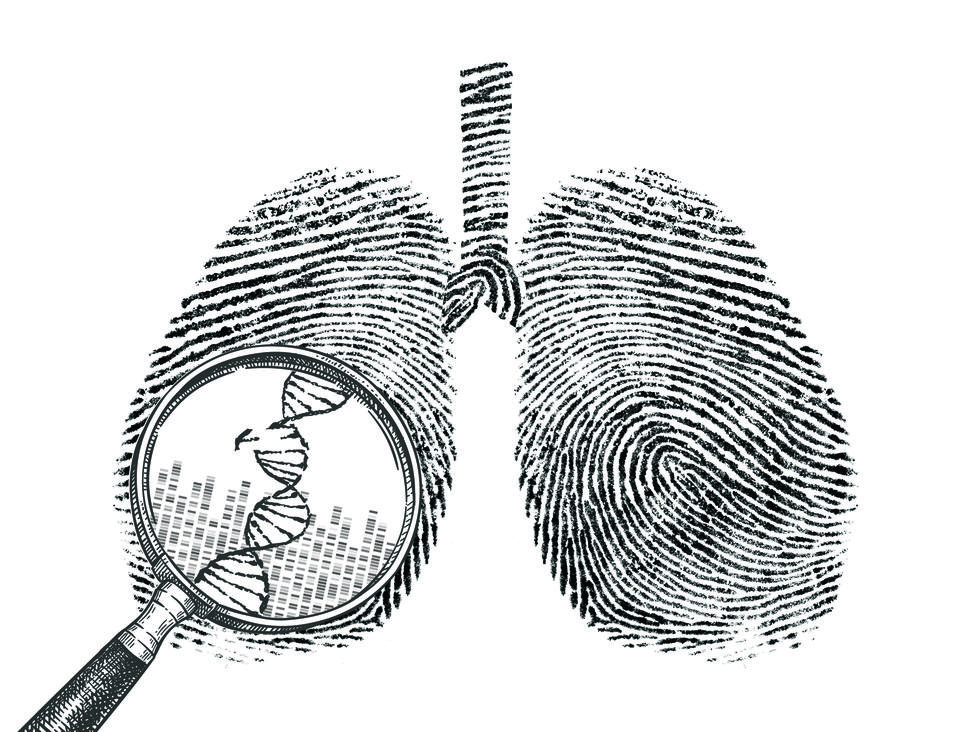NIH Intramural Blog Examines Genetic Influences on Lung Cancer
, by Jennifer K. Loukissas, M.P.P.
Jiyeon Choi, Ph.D., M.S., Earl Stadtman investigator in the Laboratory of Translational Genomics, was interviewed by writers from the NIH’s Intramural Research Program (IRP) for their blog. She discussed her lab's research on the influence of genetics on lung cancer risk in
